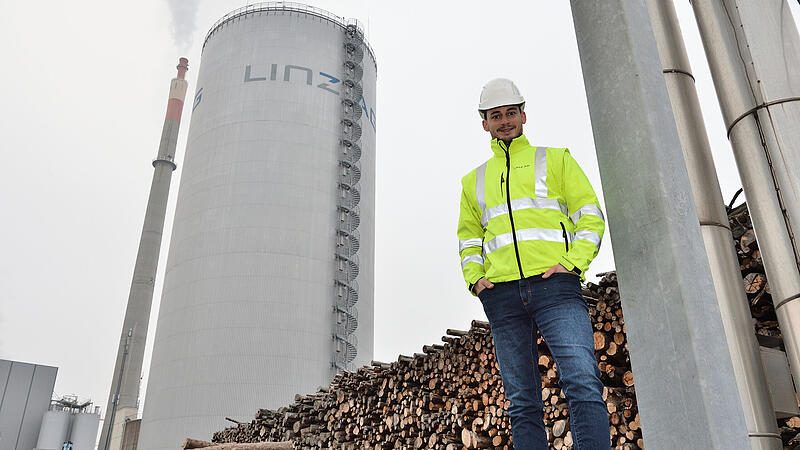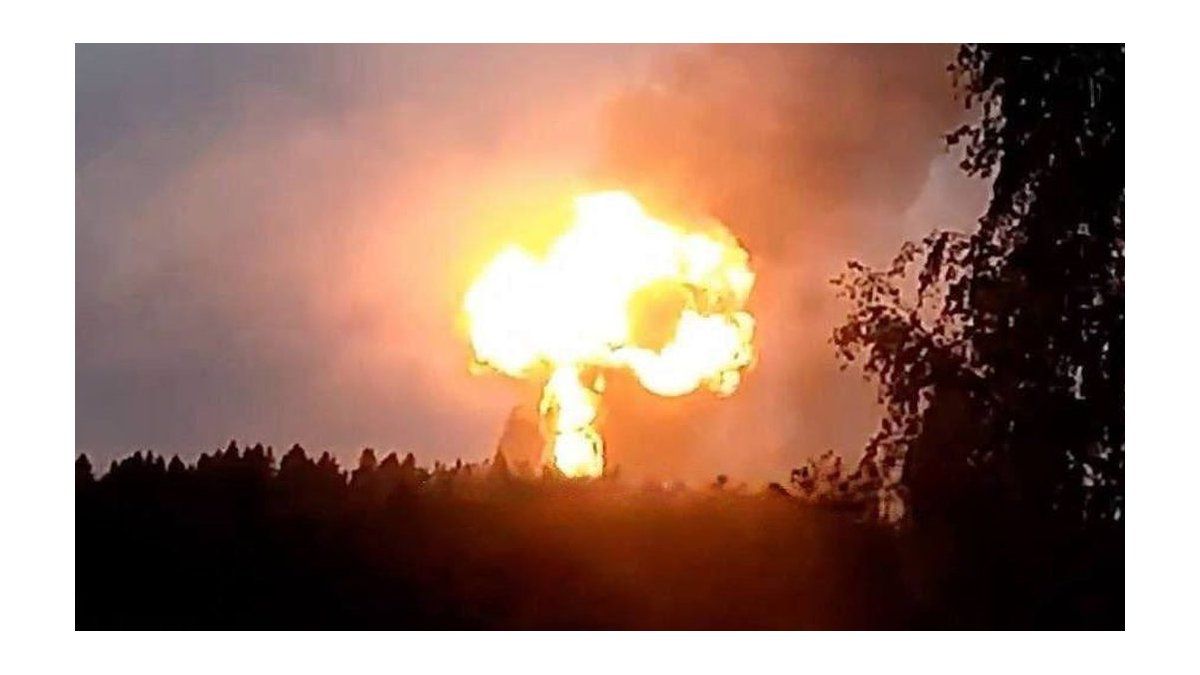Image: Kerschbaummayr Peter Linz AG (free of charge)

Image: VOLKER WEIHBOLD
LINZ. District heating customers in Vienna and Styria were caught off guard by the energy crisis, with customers receiving bills that were almost twice as high. Across Austria, the district heating price rose by 95.9 percent from August 2021 to August 2023 according to the energy price index for private households. Upper Austria has a special position: Since the 1980s, the country has been allowed to set the maximum prices for district heating in certain supply areas of Energie AG, Linz AG and Welser eww. State Councilor Stefan Kaineder did that recently.
In Upper Austria not all providers are price regulated
After “intensive negotiations” with these companies, the price increase for around 87,000 households or 200,000 people was limited to the level of inflation, i.e. a maximum of eight percent. Kaineder is now proposing to extend this approach to the whole of Austria to protect district heating customers. “The Minister for Economic Affairs can delegate the price regulation for the district heating monopolies to the states by ordinance.” He would also like to be given the opportunity to set official price limits for Upper Austrian households that are not yet protected by the protective shield of “economically justified prices”. There are around 3,000 local and district heating power plants/sources in Austria, around 500 of which are in Upper Austria. They set their own prices; only the big three were recently regulated.

Image: VOLKER WEIHBOLD
In Austria, 27 percent of all apartments are heated with local and district heating (51 percent of which is ecological from biomass), and the trend is rising. The share of local and district heating in final energy consumption of 72 petajoules in Austria is almost 20 percent and has more than doubled since 1993. District heating will continue to gain in importance – also for ecological reasons. “Over the next ten years, around ten billion euros will be invested in the expansion and greening of district heating,” says Adolf Melcher, managing director of Kelag Energie &wärme.
The Carinthian company supplies around 20,000 households in Upper Austria with heat from nine district heating systems (including voestalpine, Mondsee, Sierning, Steyrermühl, Kremsmünster). A 70 m2 household currently pays around “50 to 80 euros per month” for Kelag district heating, while customers with a single-family home pay around 130 to 200 euros. These were price increases of between five and 25 percent compared to the previous year. In cases of hardship, credits were given. Melcher does not want to comment on Kaineder’s proposal, but fears that if prices were regulated, the companies would invest too little in the expansion. Kelag invests between five and ten million euros annually in district heating in Upper Austria. It should stay that way.
Ministry shows understanding
When asked, the Ministry of Labor and Economic Affairs stated that due to the inability of customers to switch to district heating, a “modern legal framework” is actually needed, for example in the Renewable Energy Expansion Act. which already contains transparency regulations that require district heating companies to report their tariffs to the ministry. Regulation of district heating is only possible with a two-thirds majority in parliament. In any case, they are “in favor of expanding the powers of E-Control in the area of district heating”.
Biomass association warns against quick action
In Upper Austria there are three large district heating providers (see above) and around 500 small and medium-sized operators. Many places have their own heating plant that supplies parts of the buildings with heat. These are not subject to price regulation, but are based on certain indices such as the biomass index, says Alois Voraberger in an interview with OÖNachrichten. He is managing director of Upper Austria. Biomass Association. Most heat providers recently did not pass on the full 45 percent jump in the index, but rather less, around 20 percent.
He is very skeptical about general price regulation. “Are we going to regulate the price of bread next?” he asks. The large heat providers could compensate with profits from other sectors (hydropower, for example), while small thermal power plant operators have to earn their costs and have reserves for investments. “We shouldn’t destroy good things because of a crisis,” said Voraberger.
more from economics




